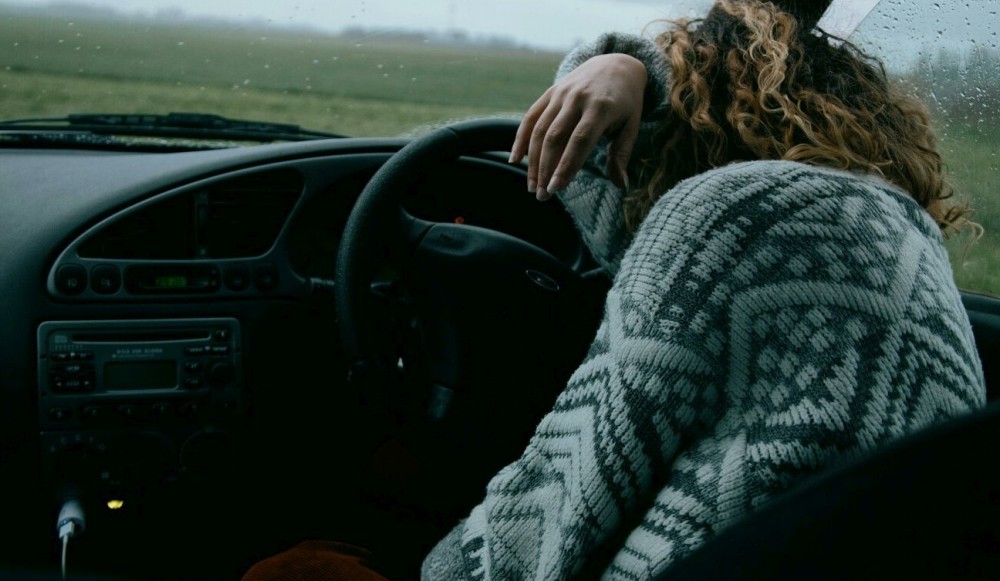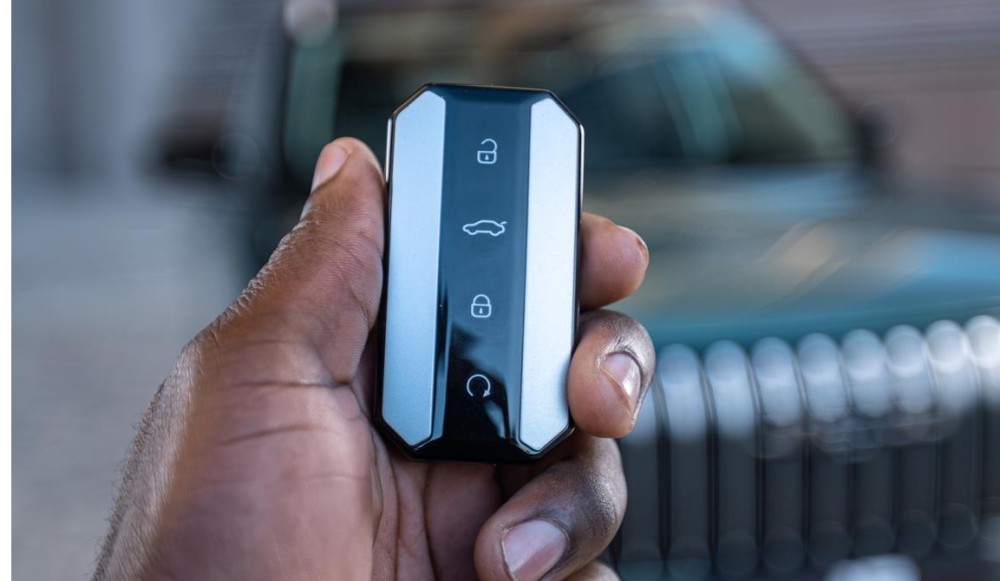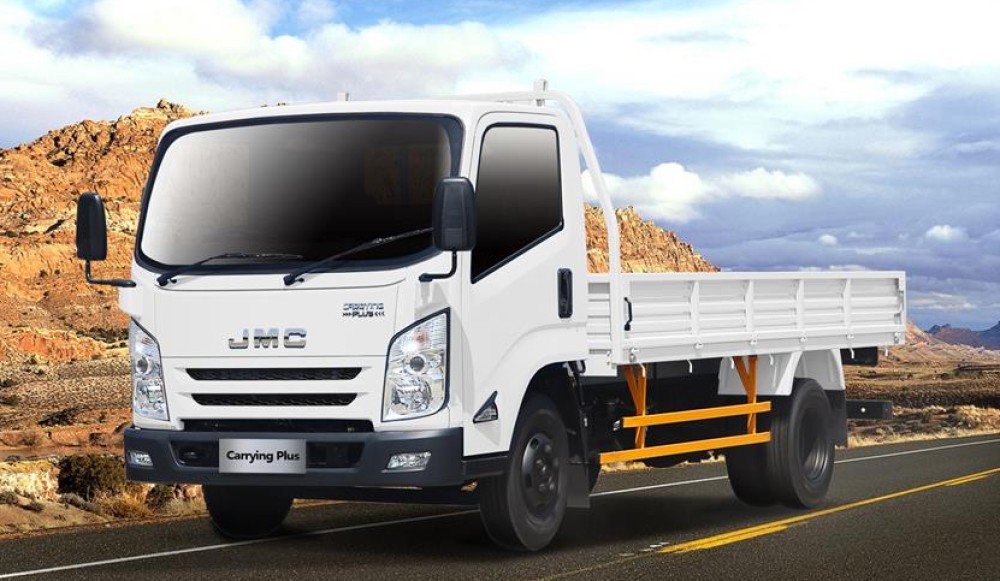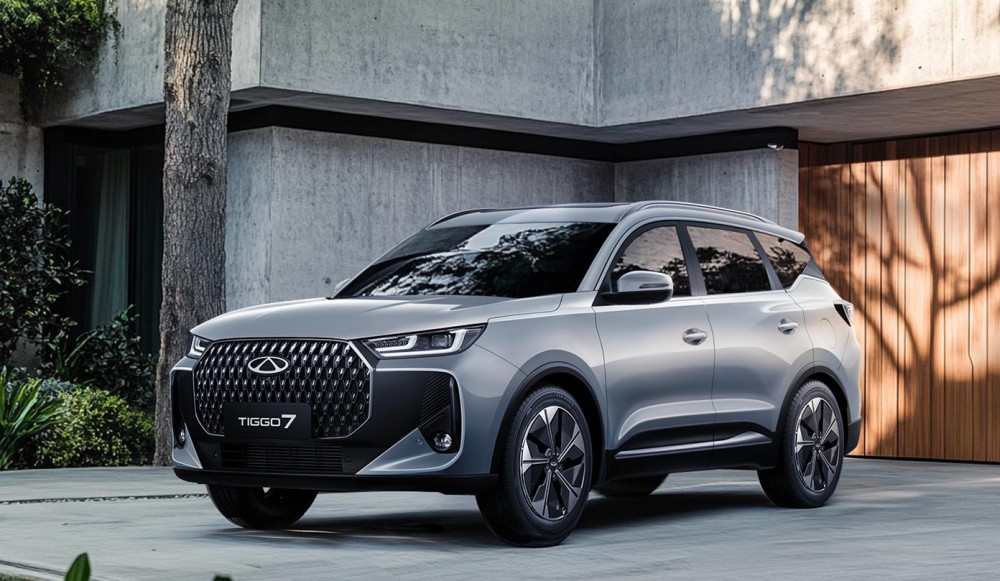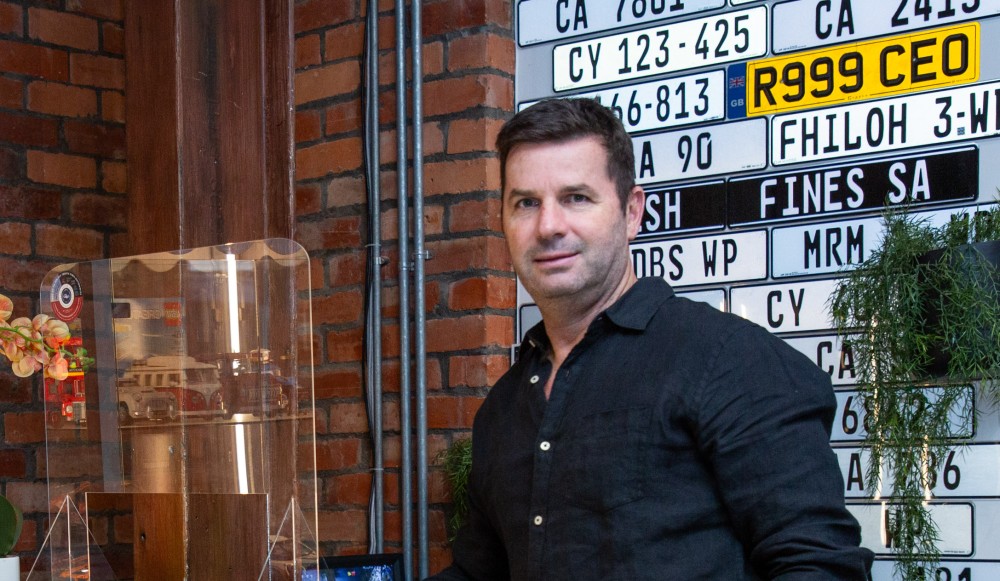Picture this: you’re cruising along the N1 highway after sunset, the glow of Johannesburg fading in your rearview mirror. The road narrows into a single lane flanked by the inky expanse of the Free State plains and your headlights slice through the darkness, revealing fleeting glimpses of wildlife at the roadside.
This is night driving in South Africa—a blend of awe-inspiring landscapes and hidden perils. With one of the world’s highest road fatality rates, understanding the challenges after dark is not just prudent — it’s a matter of survival and more relevant as the summer begins to fade with extended darkness tarting to happen.
Human eyesight struggles after dusk, and South Africa’s mix of urban sprawl and rural vastness magnifies this vulnerability. While major cities such as Cape Town or Durban boast well-lit highways, secondary roads often plunge drivers into near-total darkness.

For the very best insurance deal for your car – click here
According to the Road Traffic Management Corporation (RTMC), poor visibility contributes to around 40% of nighttime collisions. Glare compounds the issue: unshielded LED headlights from oncoming minibus taxis or inadequately adjusted high beams can blind drivers momentarily — a dangerous lapse on roads shared with pedestrians and livestock.
The body’s circadian rhythm dips alertness post-midnight, yet South Africa’s long-distance travel culture sees many pushing through fatigue. The RTMC notes drowsy driving peaks during holiday exoduses, such as Easter or December holidays, when families traverse thousands of kilometres to coastal regions.
A 2022 study by the South African Medical Research Council found 30% of drivers admitted to nodding off briefly during night journeys — a statistic that spikes on monotonous routes like the N2 through the Eastern Cape.

Need finance – click here for the very best finance deals for your new car
Weekend nights and public holidays see a surge in alcohol-related accidents. Despite stringent laws, the World Health Organization reports 58% of South Africa’s road deaths involve alcohol. Townships and peri-urban areas, where shebeens (informal bars) thrive, become hotspots for erratic drivers after dark. The Western Cape’s Provincial Traffic Services, for instance, recorded 2 300 drunk driving arrests during the 2023 festive season alone.
Potholes — ranked among the worst globally by the World Economic Forum — lurk like landmines, particularly on provincial roads. In Limpopo and Mpumalanga, crumbling asphalt merges with sudden wildlife crossings: kudus, springbok or baboons can collide with vehicles at speeds, causing catastrophic damage.
The Endangered Wildlife Trust estimates more than 10 000 wildlife-vehicle collisions annually, many occurring at night.

Looking for a safe car for a student then click here
Modern vehicles offer tools to mitigate risks. Adaptive LED headlights, now available in mid-range models, pivot with steering to illuminate bends — a boon on the Chapman’s Peak Drive’s hairpin turns. Apps like Waze provide real-time pothole alerts, while dashcams with night vision capture hazards missed by the human eye.
Route Planning: Knowledge is Power
Stick to well-maintained routes. The N3 toll route between Johannesburg and Durban, for example, is better lit and patrolled than alternative backroads. Apps like Google Maps now highlight high-risk zones for hijackings—a grim reality in areas like Gauteng’s ‘Hijacking Hotspots’.
South African logistics companies have adopted European-style rest guidelines, mandating 15-minute breaks every two hours during night shifts. For private drivers, this could mean scheduling stops at 24-hour fuel stations, which offer well-lit, secure parking.
Reduce speed. On a 120 km/h highway, dropping to 100 km/h increases reaction time by 20%. The four-second following rule becomes critical when a stray cow or debris might materialise in your beams.
Ensure headlights are correctly angled to avoid blinding others. A 2023 Automobile Association survey found 30% of South African vehicles had misaligned lights. Clean windscreens (inside and out) reduce glare, while emergency kits — including reflective vests and tyre puncture kits — are essential given the country’s sporadic roadside assistance coverage.

Starting or running a small business and in need of a bakkie – click here
Local governments are slowly responding. Cape Town’s Intelligent Transport System uses adaptive streetlighting that brightens when sensors detect pedestrians, a measure being piloted in Khayelitsha. In Kruger National Park, wildlife detection systems using thermal cameras alert drivers to animals near roadways.
Meanwhile, grassroots initiatives like Soweto’s ‘Arrive Alive’ workshops educate drivers on night risks, from glare management to recognising fatigue signs. As Sipho Khumalo, a Johannesburg-based driving instructor, notes: “Night driving here demands respect. It’s not just about your skill — it’s about anticipating the unseen.”
South Africa’s night driving landscape is a microcosm of its broader challenges: inequality in infrastructure, resource constraints, and a vibrant, chaotic humanity. Yet with strategic planning, tech adoption, and heightened awareness, drivers can reclaim the night from its hazards.
As the International Drivers Association advises: “Safety after dark isn’t just defensive driving — it’s about rewriting your relationship with the road itself.” So next time you venture out under the Southern Cross, remember: every shadow holds a story, but with caution, yours need not be a cautionary tale.
Colin Windell for Colin-on-Cars in association with
proudly ALL THINGS MOTORING
Images: www.pexels.com


